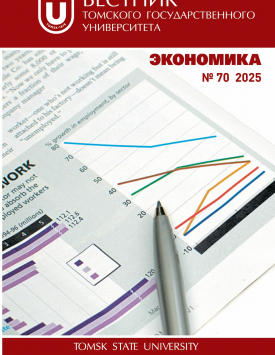Levers to increase the investment attractiveness of projects in the Arctic Zone of the Russian Federation
The article considers the problem of increasing the investment attractiveness of projects in the Arctic Zone of the Russian Federation (AZRF). The relevant tasks for today are the search and effective application of levers to increase the investment attractiveness of projects in the AZRF. The most effective levers are tax incentives and the use of administrative levers. Today, the tax base, as well as the existing measures of administrative incentives for projects, differs significantly from region to region. The unification of tax mechanisms, taking into account the specifics of the AZRF regions, will augment the economic efficiency of projects and the investment attractiveness of the Arctic regions for projects' implementation. The complex development of the Arctic regions requires investment activities for infrastructure projects' and social programs' implementation. It will increase the transport infrastructure and become a driver of human capital involvement in the Arctic regions. The authors declare no conflicts of interests.
Keywords
Arctic Zone of the Russian Federation (AZRF), investment attractiveness, Arctic regions, economic efficiency, tax levers, administrative levers, human capital, infrastructure projects, social programsAuthors
| Name | Organization | |
| Lebedev Denis O. | University of Tyumen | lbdvdns@mail.ru |
| Liman Irina A. | University of Tyumen | i.a.liman@utmn.ru |
References

Levers to increase the investment attractiveness of projects in the Arctic Zone of the Russian Federation | Vestnik Tomskogo gosudarstvennogo universiteta. Ekonomika – Tomsk State University Journal of Economics. 2025. № 70. DOI: 10.17223/19988648/70/4
